Team:Heidelberg/pages/Sponsoring
From 2014.igem.org
(Difference between revisions)
| (8 intermediate revisions not shown) | |||
| Line 20: | Line 20: | ||
<div class="row"> | <div class="row"> | ||
<div class="col-md-7 col-sm-12 col-xs-12"> | <div class="col-md-7 col-sm-12 col-xs-12"> | ||
| - | <h4> | + | <h4>Dietmar Hopp Foundation</h4> |
| - | + | Dietmar Hopp founded his foundation in 1995 to enable the implementation of charitable projects. His foundation encourages projects in the area sports, medicine, social support and education. Thus the Hopp foundation supports medical research projects on the highest level including cancer research and pediatrics. In the area of education the foundation facilitates institutions and projects for young people- from kindergarten to university. The Hopp foundation also supports our project and our team of young scientists! | |
| - | + | ||
</div> | </div> | ||
<div class="col-md-5 col-sm-12 col-xs-12"> | <div class="col-md-5 col-sm-12 col-xs-12"> | ||
<div class="col-lg-6 col-lg-offset-3 col-md-offset-2 col-md-8 col-sm-offset-3 col-sm-6 col-xs-12"> | <div class="col-lg-6 col-lg-offset-3 col-md-offset-2 col-md-8 col-sm-offset-3 col-sm-6 col-xs-12"> | ||
| - | <img src="/wiki/images/1/17/Helmholtz_logo.jpg" class="img-responsive" alt="Helmholtz Association Logo"> | + | <img style="margin-top:10px;" src="/wiki/images/8/8a/Dietmar_hopp_stiftung.png" class="img-responsive" alt="Dietmar Hopp Foundation"> |
| + | </div> | ||
| + | </div> | ||
| + | </div> | ||
| + | <div class="row"> | ||
| + | <div class="col-md-7 col-sm-12 col-xs-12"> | ||
| + | <h4>Helmholtz-Initiative Synthetic Biology </h4> | ||
| + | The Helmholtz Association is Germany’s largest scientific organization. The Association brings together 18 scientific-technical and biological-medical research centres and follows the tradition of the great natural scientist Hermann von Helmholtz (1821-1894). The Helmholtz Association is dedicated to pursuing the long-term research goals of state and society, and to maintaining and improving the livelihoods of the population. In order to do this, the Helmholtz Association carries out top-level research to identify and explore the major challenges facing society, science and the economy. Its work is divided into six strategic research fields: Energy; Earth and Environment; Health; Key Technologies; Structure of Matter; and Aeronautics, Space and Transport. The Helmholtz Initiative on Synthetic Biology has been supporting the emerging field of synthetic biology since September 2012. | ||
| + | </div> | ||
| + | <div class="col-md-5 col-sm-12 col-xs-12"> | ||
| + | <div class="col-lg-8 col-lg-offset-2 col-md-offset-2 col-md-8 col-sm-offset-1 col-sm-10 col-xs-12"> | ||
| + | <img style="margin-top:20px;" src="/wiki/images/1/17/Helmholtz_logo.jpg" class="img-responsive" alt="Helmholtz Association Logo"> | ||
</div> | </div> | ||
</div> | </div> | ||
| Line 45: | Line 55: | ||
<div class="row"> | <div class="row"> | ||
<div class="col-md-7 col-sm-12 col-xs-12"><h1>Gold Sponsors</div> | <div class="col-md-7 col-sm-12 col-xs-12"><h1>Gold Sponsors</div> | ||
| - | <div class="row"> | + | |
| + | </div> | ||
| + | <div class="row"> | ||
<div class="col-md-7 col-sm-12 col-xs-12"> | <div class="col-md-7 col-sm-12 col-xs-12"> | ||
<h4>geneious</h4> | <h4>geneious</h4> | ||
Geneious is a DNA, RNA and protein sequence alignment, assembly and analysis software platform, integrating bioinformatic and molecular biology tools into a simple interface. Geneious provides us their software which helped us design primers and plan our cloning. | Geneious is a DNA, RNA and protein sequence alignment, assembly and analysis software platform, integrating bioinformatic and molecular biology tools into a simple interface. Geneious provides us their software which helped us design primers and plan our cloning. | ||
</div> | </div> | ||
| - | |||
<div class="col-md-5 col-sm-12 col-xs-12"> | <div class="col-md-5 col-sm-12 col-xs-12"> | ||
<div class="col-lg-6 col-lg-offset-3 col-md-offset-2 col-md-8 col-sm-offset-3 col-sm-6 col-xs-12"> | <div class="col-lg-6 col-lg-offset-3 col-md-offset-2 col-md-8 col-sm-offset-3 col-sm-6 col-xs-12"> | ||
| Line 56: | Line 67: | ||
</div> | </div> | ||
</div> | </div> | ||
| - | |||
| - | |||
</div> | </div> | ||
</br> | </br> | ||
| Line 71: | Line 80: | ||
</div> | </div> | ||
</div> | </div> | ||
| - | + | </br> | |
| - | + | ||
| - | + | ||
<div class="row"> | <div class="row"> | ||
<div class="col-md-7 col-sm-12 col-xs-12"><h1>Silver Sponsors</div> | <div class="col-md-7 col-sm-12 col-xs-12"><h1>Silver Sponsors</div> | ||
| - | </div> | + | |
| + | </div> | ||
<div class="row"> | <div class="row"> | ||
<div class="col-md-7 col-sm-12 col-xs-12"> | <div class="col-md-7 col-sm-12 col-xs-12"> | ||
| Line 89: | Line 97: | ||
</div> | </div> | ||
</div> | </div> | ||
| - | <br/ | + | <br /> |
| - | + | ||
<div class="row"> | <div class="row"> | ||
<div class="col-md-7 col-sm-12 col-xs-12"> | <div class="col-md-7 col-sm-12 col-xs-12"> | ||
| Line 103: | Line 110: | ||
</div> | </div> | ||
</br> | </br> | ||
| - | |||
<div class="row"> | <div class="row"> | ||
<div class="col-md-7 col-sm-12 col-xs-12"> | <div class="col-md-7 col-sm-12 col-xs-12"> | ||
| Line 128: | Line 134: | ||
</div> | </div> | ||
</br> | </br> | ||
| + | <div class="row"> | ||
| + | <div class="col-md-7 col-sm-12 col-xs-12"><h1>Academic Sponsors</div> | ||
| + | </div> | ||
<div class="row"> | <div class="row"> | ||
| Line 135: | Line 144: | ||
</div> | </div> | ||
<div class="col-md-5 col-sm-12 col-xs-12"> | <div class="col-md-5 col-sm-12 col-xs-12"> | ||
| - | <div class="col | + | <div class="col-lg-6 col-lg-offset-3 col-md-offset-2 col-md-8 col-sm-offset-3 col-sm-6 col-xs-12"> |
| + | <img src="/wiki/images/0/07/University-of-Heidelberg_logo.jpg" class="img-responsive" alt="Helmholtz Association Logo"> | ||
| + | </div> | ||
| + | </div> | ||
| + | </div> | ||
| + | </br> | ||
| + | |||
| + | <div class="row"> | ||
| + | <div class="col-md-7 col-sm-12 col-xs-12"> | ||
| + | <h4>German Research Center (DKFZ)</h4> | ||
| + | The DKFZ (Deutsches Krebsforschungszentrum) is the largest biomedical research institute in Germany and a member of the Helmholtz Association of National Research Centers. In over 90 divisions and research groups, our more than 3,000 employees, of which more than 1,000 are scientists, are investigating the mechanisms of cancer, are identifying cancer risk factors and are trying to find strategies to prevent people from getting cancer .They are developing novel approaches to make tumor diagnosis more precise and treatment of cancer patients more successful. | ||
| + | </div> | ||
| + | <div class="col-md-5 col-sm-12 col-xs-12"> | ||
| + | <div class="col-lg-6 col-lg-offset-3 col-md-offset-2 col-md-8 col-sm-offset-3 col-sm-6 col-xs-12"> | ||
| + | <img src="/wiki/images/0/01/Dkfz_logo.jpg" class="img-responsive" alt="Helmholtz Association Logo"> | ||
| + | </div> | ||
| + | </div> | ||
| + | </div> | ||
| + | </br> | ||
| + | |||
| + | <div class="row"> | ||
| + | <div class="col-md-7 col-sm-12 col-xs-12"> | ||
| + | <h4>BioQuant</h4> | ||
| + | The BioQuant, the Center for “Quantitative Analysis of Molecular and Cellular Biosystems” at Heidelberg University was established in 2007 as an interdisciplinary University research center that is solely dedicated to research and training in systems biology. BioQuants’s objective is to function as a platform for the development and constant refinement of mathematical models of complex biological systems as well as the swift validation of scientific hypotheses via experimental data. Currently, up to 40 University and non-University research groups (DKFZ, EMBL, the Heidelberg Institute for Theoretical Studies (HITS, formerly the European Media Lab), and the MPI for Medical Research) are affiliated with BioQuant. These research groups are instrumental in implementing numerous national and international systems biology funding initiatives. | ||
| + | </div> | ||
| + | <div class="col-md-5 col-sm-12 col-xs-12"> | ||
| + | <div class="col-lg-6 col-lg-offset-3 col-md-offset-2 col-md-8 col-sm-offset-3 col-sm-6 col-xs-12"> | ||
| + | <img src="/wiki/images/0/09/BioQuant_Logo.png" class="img-responsive" alt="BioQuant Logo"> | ||
| + | </div> | ||
| + | </div> | ||
| + | </div> | ||
| + | |||
| + | </html> | ||
Latest revision as of 04:14, 10 July 2015
Platinum Sponsor
Klaus Tschira Foundation
In 1995, Klaus Tschira, physicist and co-founder of the software company SAP, founded the Klaus Tschira Stiftung (KTS). With the intention to place strong emphasis on natural sciences in the society, the commitment of the KTS ranges from kindergarten to schools, universities and research institutions all over Germany. The support is differentiated in three main fields: natural sciences for children and young people, research and science communication. The foundation is located at the Villa Bosch in Heidelberg, the former residence of Nobel Prize laureate for chemistry Carl Bosch.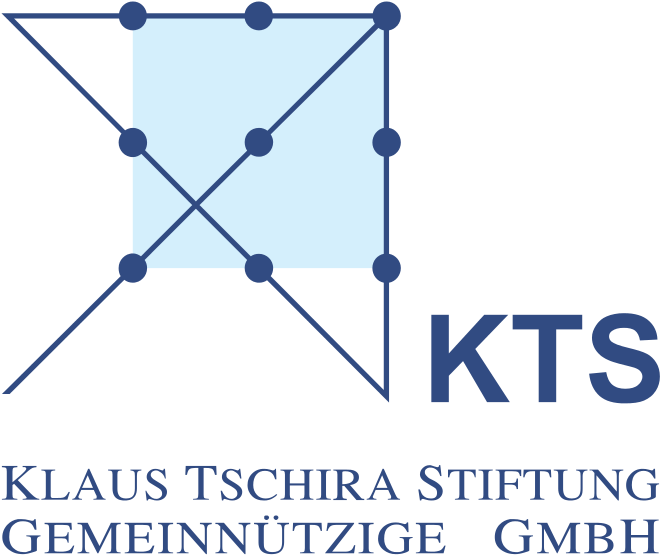
Dietmar Hopp Foundation
Dietmar Hopp founded his foundation in 1995 to enable the implementation of charitable projects. His foundation encourages projects in the area sports, medicine, social support and education. Thus the Hopp foundation supports medical research projects on the highest level including cancer research and pediatrics. In the area of education the foundation facilitates institutions and projects for young people- from kindergarten to university. The Hopp foundation also supports our project and our team of young scientists!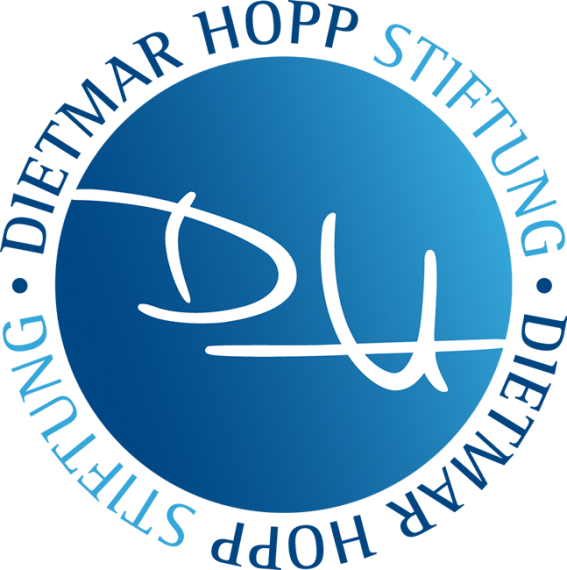
Helmholtz-Initiative Synthetic Biology
The Helmholtz Association is Germany’s largest scientific organization. The Association brings together 18 scientific-technical and biological-medical research centres and follows the tradition of the great natural scientist Hermann von Helmholtz (1821-1894). The Helmholtz Association is dedicated to pursuing the long-term research goals of state and society, and to maintaining and improving the livelihoods of the population. In order to do this, the Helmholtz Association carries out top-level research to identify and explore the major challenges facing society, science and the economy. Its work is divided into six strategic research fields: Energy; Earth and Environment; Health; Key Technologies; Structure of Matter; and Aeronautics, Space and Transport. The Helmholtz Initiative on Synthetic Biology has been supporting the emerging field of synthetic biology since September 2012.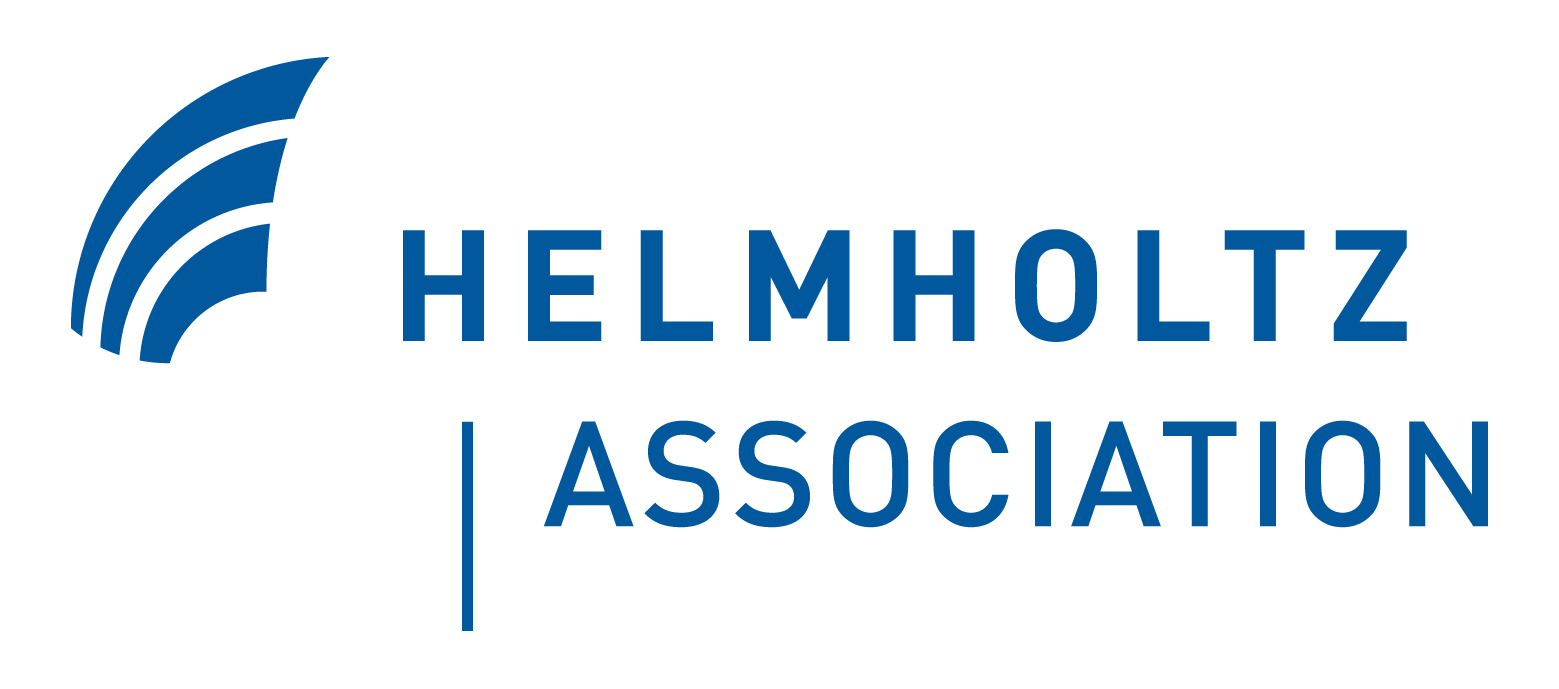
CellNetworks
CellNetworks is an interdisciplinary research cluster centered around Heidelberg´s life sciences. The Heidelberg life science community features an unparalleled number of internationally well-noted institutions. Since 2006 CellNetworks is part of the German Universities Excellence Initiative. CellNetworks assembles excellent groups focusing on research in molecular life science and computational sciences, chemistry and physics to tackle fundamental questions in cell biology, its network structure and architecture, dynamics and regulation.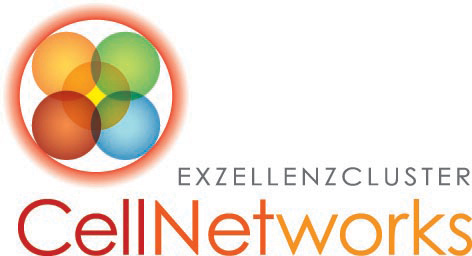
Gold Sponsors
geneious
Geneious is a DNA, RNA and protein sequence alignment, assembly and analysis software platform, integrating bioinformatic and molecular biology tools into a simple interface. Geneious provides us their software which helped us design primers and plan our cloning.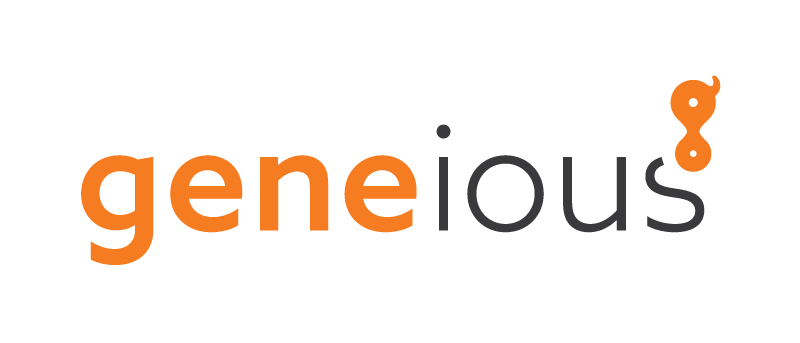
Lange + Pflanz
Lange + Pflanz advertising agency Gmbh has been a specialist for Marketing and Design since 1992. Our focus covers the fields of financial , corporate and strategic communication. As an owner-operated communication company we offer individual and enduring communication solutions for variable media platforms.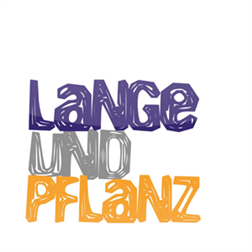
Silver Sponsors
Eppendorf
Eppendorf is a company, which products used in all types of life science research and clinical testing settings—from basic laboratory applications to highly specialized cell and molecular biology applications. They are highly regarded for their quality design and performance—beginning with extensive research and development, adding state-of-the-art technology and ending with strict quality-controlled manufacturing are what make our products stand out from the rest. It is what has made us a brand you have been able to rely on for over 60 years.
GATC
GATC is a leading service provider of DNA sequencing. Head quartered in Constance, Germany, GATC serves over 10,000 customers in 40 countries around the globe and have subsidiary companies in Great Britain, France and Sweden. GATC provides multi platform strategies, using all leading sequencing technologies on the market, such as Applied Biosystems ABI 3730xl for Sanger sequencing, Illumina’s HiSeq 2000 and Roche Diagnostics GS FLX+ System for Next Generation sequencing as well as the new single molecule sequencer PacBio RS from Pacific Biosciences.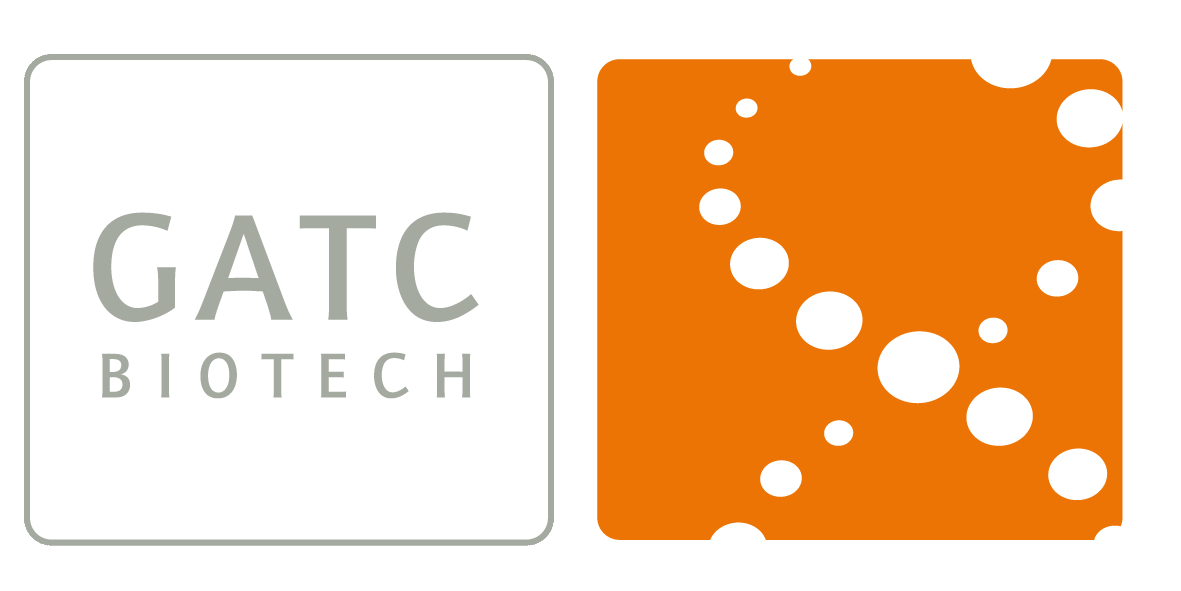
Chroma
Chroma Technology Corp. is a manufacturer of interference filters for the ultra-violet, visible and near-infrared portions of the spectrum, including bandpass, multiple bandpass, and long and short pass filters, as well as beamsplitters, dichroic mirrors and laser rejection filters. We specialize in precision spectral control, including extra high signal-to-noise ratio filters and those with rapid cut-on and cut-off profiles. The manufacturing process involves precisely depositing, in a vacuum, extremely thin layers of two or more materials on a glass or similarly transparent substrate.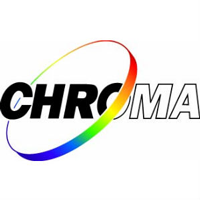
Carl Roth GmbH & Co
Carl Roth is a private German enterprise with tradition based in Karlsruhe Rheinhafen. It was founded in 1879 with the establishment of a grocer's-paint supplier's-chemist's-store at Karlsruhe. As supplier for lab ware, life sciences and chemicals, they are your partner for best performance reflected in their basic values quality, logistics, fair rates, competent customer advice and service.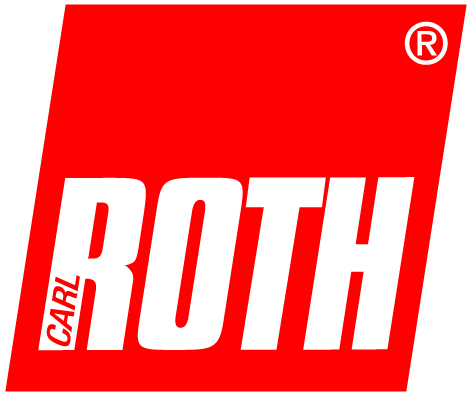
Academic Sponsors
Heidelberg University
Heidelberg University, founded in 1386, is Germany’s oldest university and one of the strongest research institutions in Europe. The successes in both rounds of the Excellence Initiative and in international rankings prove its leading role in the scientific community. Heidelberg University is a comprehensive university with the full spectrum of subjects including medicine. It aims to strengthen the individual disciplines, to further interdisciplinary cooperation and to make research results usable for society and industry. Heidelberg also draws its strength from its cooperation with local non-university research institutions and is tied into a worldwide network of research and teaching collaborations.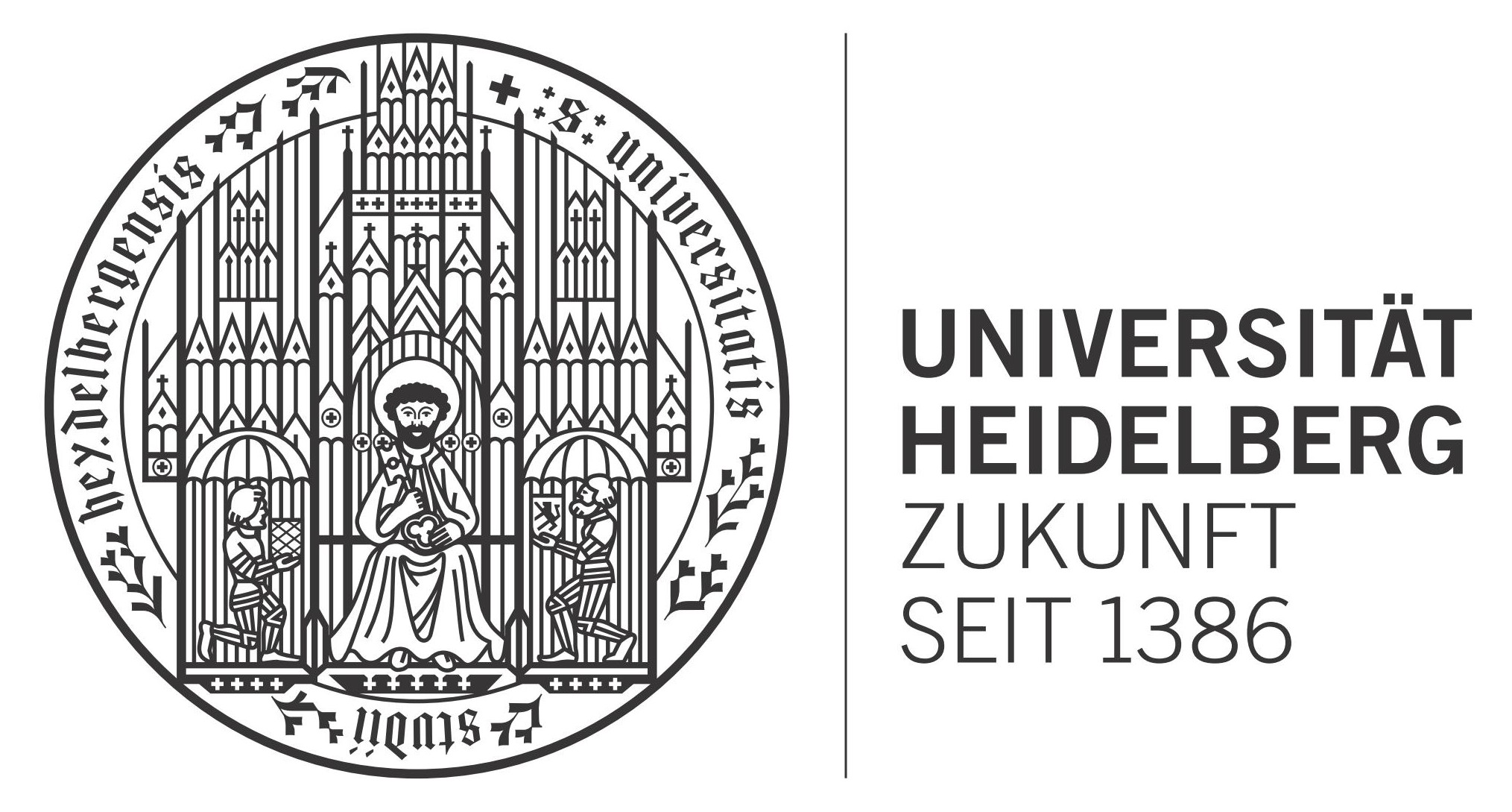
German Research Center (DKFZ)
The DKFZ (Deutsches Krebsforschungszentrum) is the largest biomedical research institute in Germany and a member of the Helmholtz Association of National Research Centers. In over 90 divisions and research groups, our more than 3,000 employees, of which more than 1,000 are scientists, are investigating the mechanisms of cancer, are identifying cancer risk factors and are trying to find strategies to prevent people from getting cancer .They are developing novel approaches to make tumor diagnosis more precise and treatment of cancer patients more successful.
BioQuant
The BioQuant, the Center for “Quantitative Analysis of Molecular and Cellular Biosystems” at Heidelberg University was established in 2007 as an interdisciplinary University research center that is solely dedicated to research and training in systems biology. BioQuants’s objective is to function as a platform for the development and constant refinement of mathematical models of complex biological systems as well as the swift validation of scientific hypotheses via experimental data. Currently, up to 40 University and non-University research groups (DKFZ, EMBL, the Heidelberg Institute for Theoretical Studies (HITS, formerly the European Media Lab), and the MPI for Medical Research) are affiliated with BioQuant. These research groups are instrumental in implementing numerous national and international systems biology funding initiatives.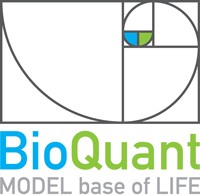
 "
"